Article: From Prohibition to Power Moves: The History of the Cocktail Party
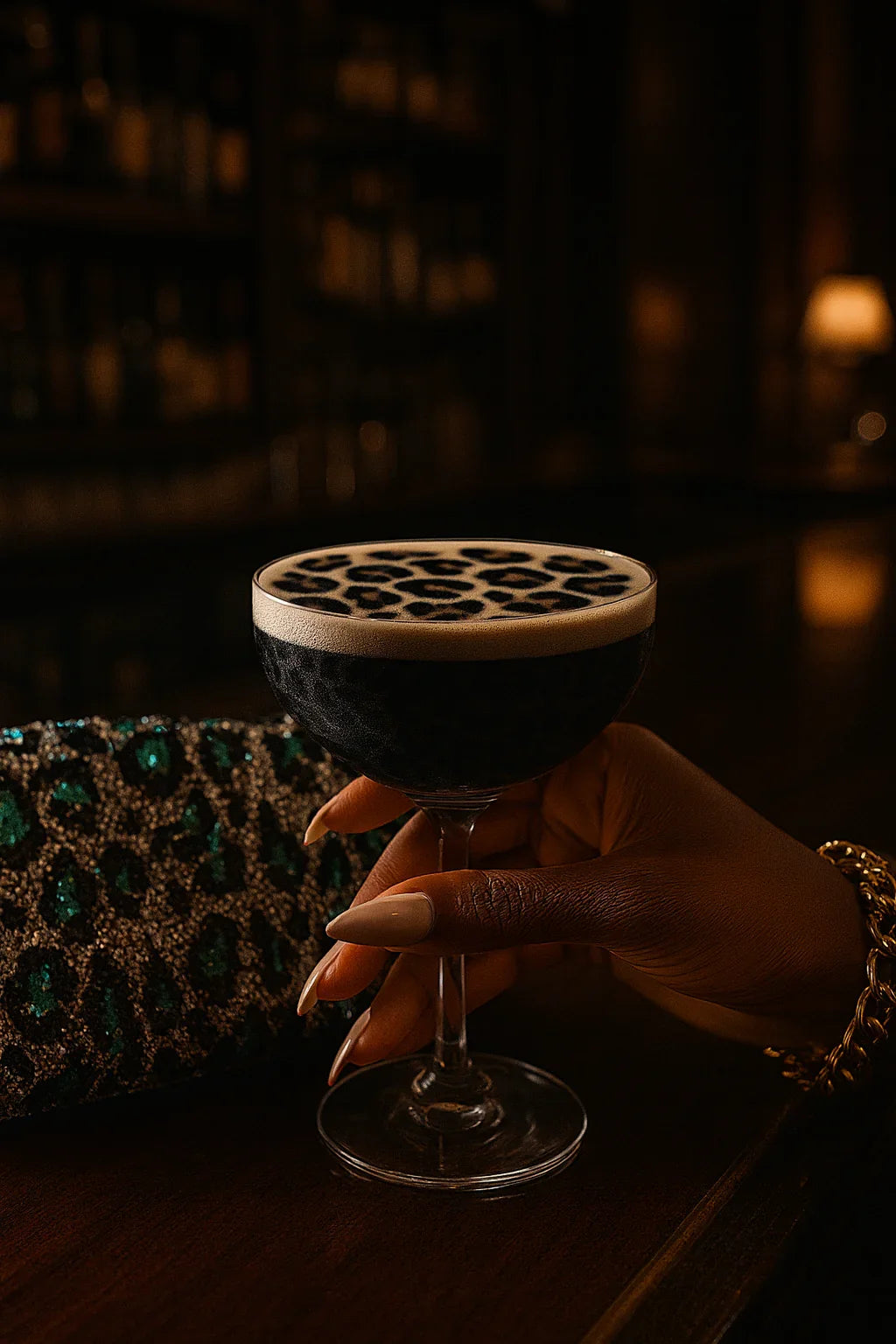
From Prohibition to Power Moves: The History of the Cocktail Party
Picture it: the 1920s. Prohibition has locked the liquor cabinets, but America’s thirst for rebellion is stronger than any law. Behind closed doors and velvet curtains, the cocktail party was born. A clever loophole for those who wanted more than bathtub gin in silence. Cocktail parties were not just about the booze. They were about power, a new kind of defiance that ushered in social freedom. For women especially, this was the beginning of something radical. Yet society (especially the bold and the wealthy) was not about to give up its taste for spirits. Out of this tension, the cocktail party emerged: intimate gatherings where guests could sip illegal drinks with flair. What began as a practical way to skirt the law quickly evolved into a cultural ritual that defined sophistication, rebellion, and modern living. A glass in hand was more than a sip; it was a symbol.

At the center of this evolution was Clara Walsh, a Kansas City socialite whose gatherings became the blueprint for the cocktail party. Walsh’s soirées weren’t the stiff, formal dinners people were used to. They were something new: casual, chic, and accessible. Hiring a professional bartender, William “Billy” Tarling, who brought the credibility and artistry to the drinks themselves. His notoriety added prestige, and suddenly cocktails were not just something that men could enjoy but they were openly celebrated among women….OUT LOUD and in the OPEN for all to see! Walsh’s parties gave women the chance to host, lead, and shine in ways society hadn’t allowed before. For the independent, wealthy women of the early 20th century, cocktail parties became more than entertainment. They were an opportunity to challenge social norms, sip with confidence, and set the tone for modern femininity. This was the “New Woman” of the early 20th century, wealthy, independent, and unapologetic. She wasn’t waiting for permission to sip her martini or own the room. Fashion followed her lead. Hemlines rose, silhouettes loosened, and cocktail dresses became statements of autonomy.
The shift wasn’t just in the drinks or the atmosphere it was in the fashion that followed her lead. Before the cocktail hour, women’s social lives revolved around high teas and formal brunches, settings that demanded delicate, predictable yet formal attire. Cocktail parties offered freedom, and the wardrobe reflected that. Dresses became shorter, sleeker, and more expressive. Coco Chanel, always a disruptor, introduced the little black dress in the 1920s. This was a garment that redefined evening wear and gave women an accessible, versatile option for cocktail gatherings. Decades later, Christian Dior coined the name “Cocktail dress” and expanded the landscape with his “New Look” in the late 1940s, bringing cinched waists and full skirts that emphasized power and femininity. Cocktail dresses became statements of autonomy. Together, Chanel and Dior laid the foundation for what we now recognize as cocktail attire: clothes that balance refinement with audacity, timelessness with innovation.

By the mid-20th century, cocktail parties had become a refined pastime for the social elite. To attend was to signal sophistication, to understand the codes of modern living, and to embrace the role of the “New Woman”, a woman unafraid to claim space in society. Cocktail dresses weren’t just outfits; they were statements of independence and ambition. Women were no longer dressing for the approval of others. Simply put, they were dressing for themselves, for the image they wanted to project, and for the doors they intended to open.
Cocktail parties shifted the energy. They blurred the lines between private rebellion and public sophistication. Suddenly, the woman who once poured tea was pouring gin fizz...and she looked sensational while doing it. Fast-forward to today, and the essence of cocktail culture is alive and well. The venues may have changed (private lounges, rooftop mixers, gallery openings, conference after-parties) but the spirit remains the same. Cocktail hour is still a stage, and fashion is still the script. The modern professional or creative woman doesn’t just attend; she commands. She understands that in a world of fleeting first impressions, her outfit speaks before she does.
That’s where Leopards Avenue finds its place in this legacy. Our curated cocktail wear pays homage to the women who broke barriers before us, Walsh, Chanel, Dior, and countless others, while serving today’s Leopardess: the woman who balances boardrooms, who thrives in her creativity, and who knows the power of showing up as her authentic self. The cocktail party may have begun as a clever rebellion, but it endures as a celebration of identity, confidence, and presence.
Because then and now, the cocktail hour has never been just about the drink. It has always been about the woman holding it.
“The cocktail party started as rebellion. Today it’s about presence. Tell us in the comments: How do you want to show up at your next one?”
Shop power pieces now → LeopardsAvenue.com
Join the Leopardess List below for exclusive drops
Follow the movement on Instagram @LeopardsAvenue




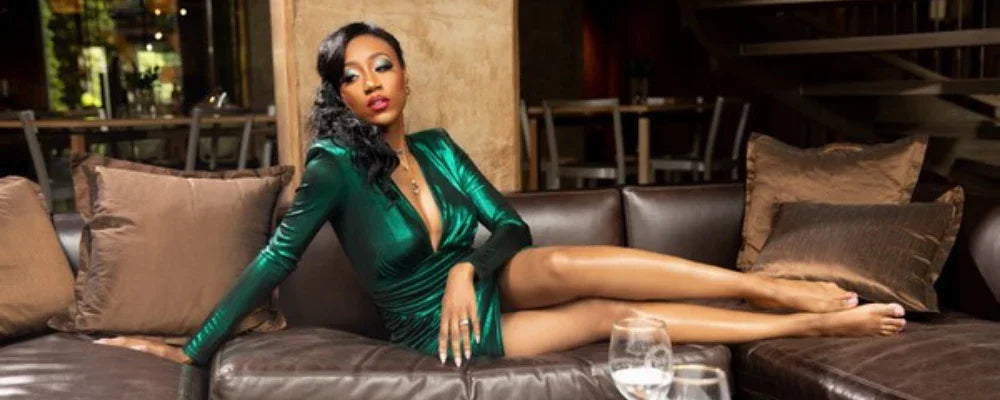

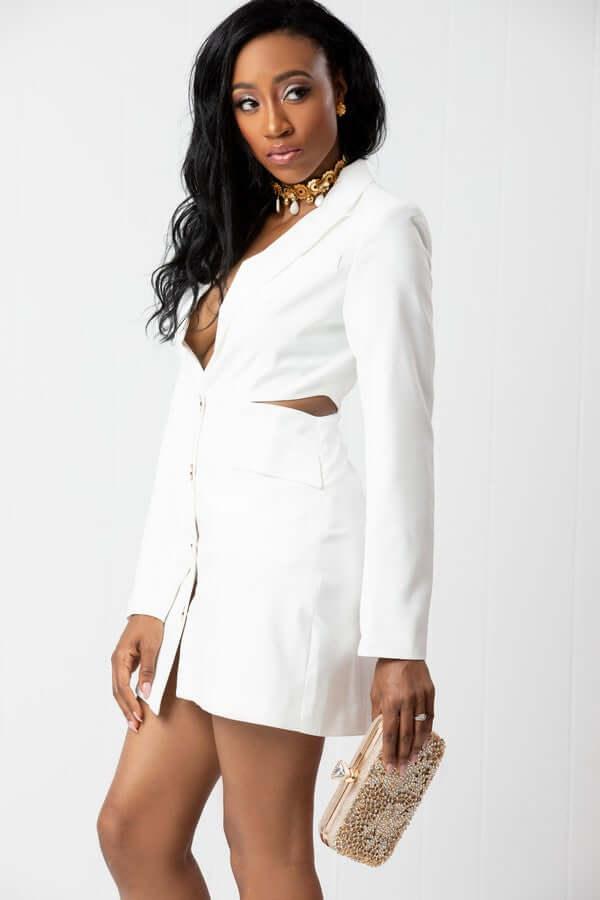
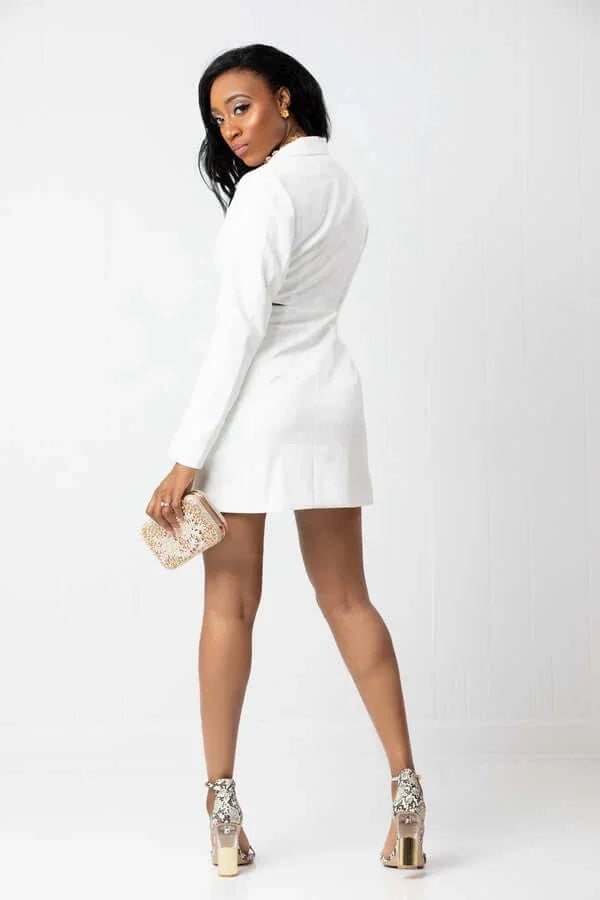
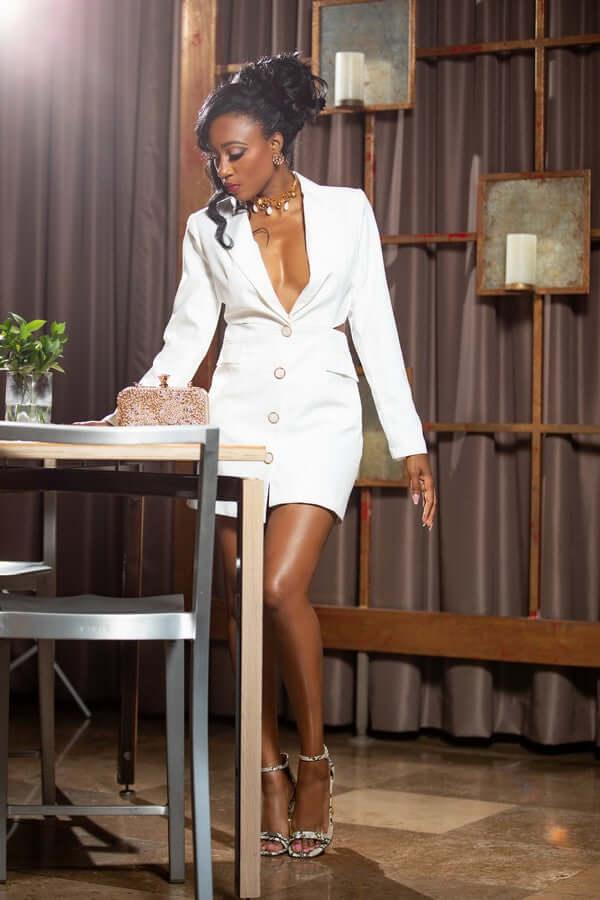

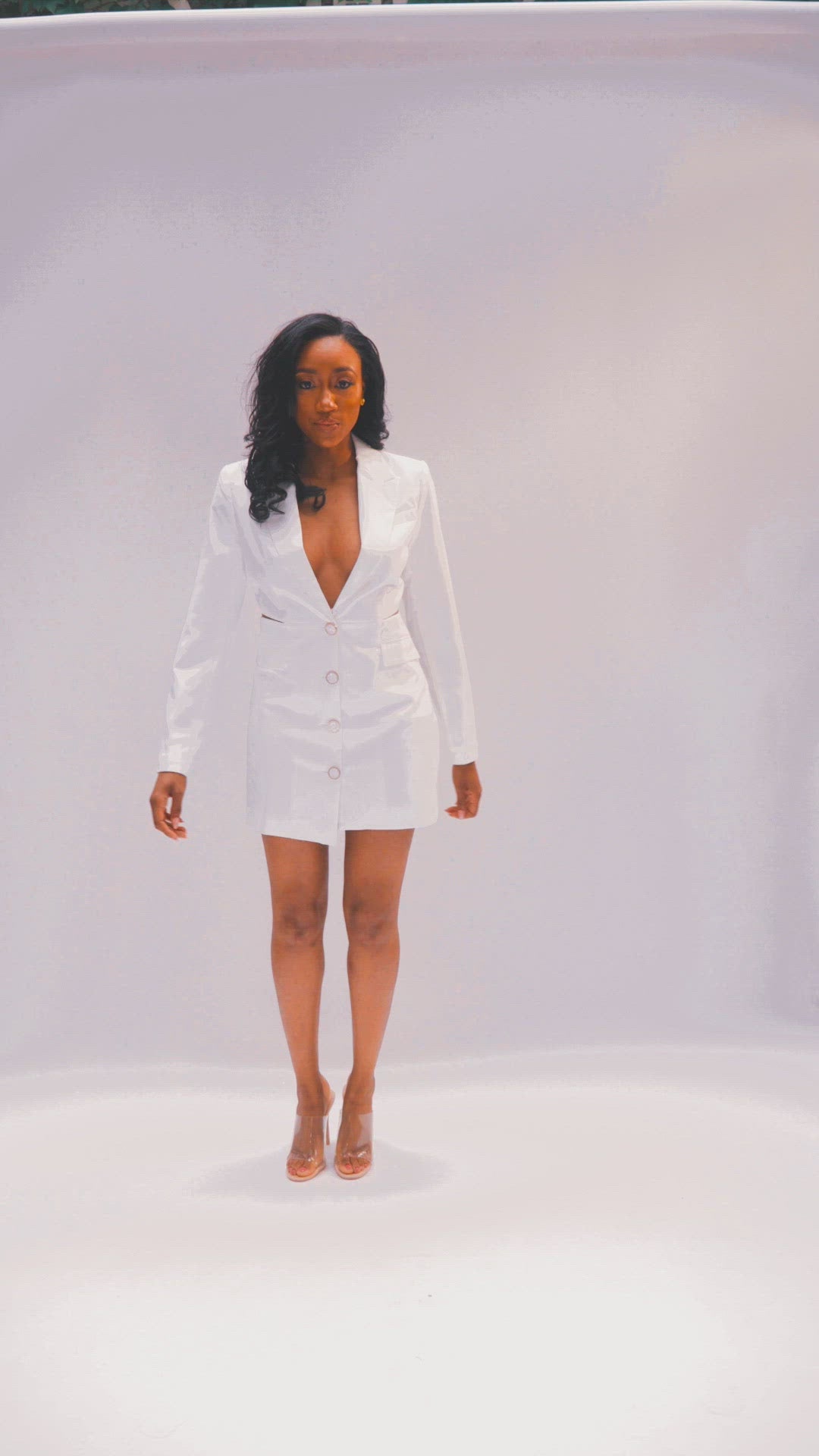
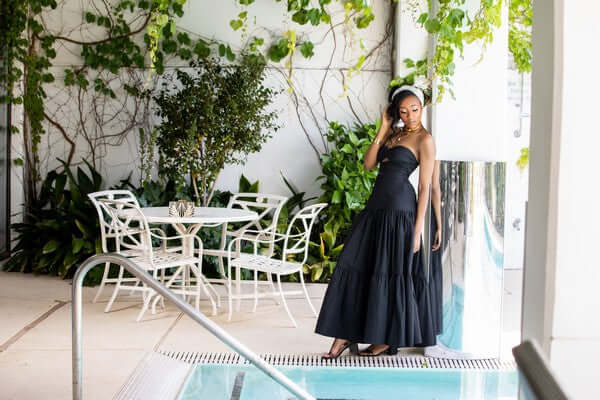
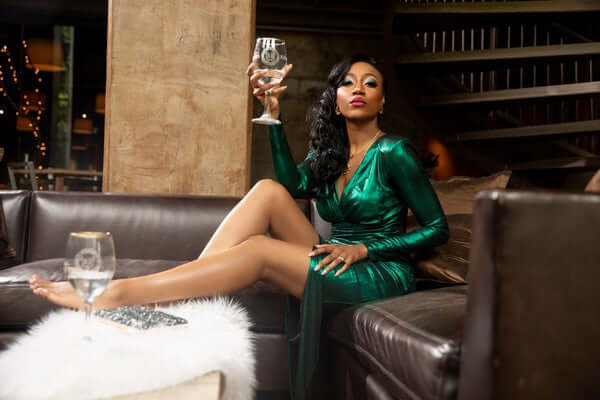
Leave a comment
This site is protected by hCaptcha and the hCaptcha Privacy Policy and Terms of Service apply.